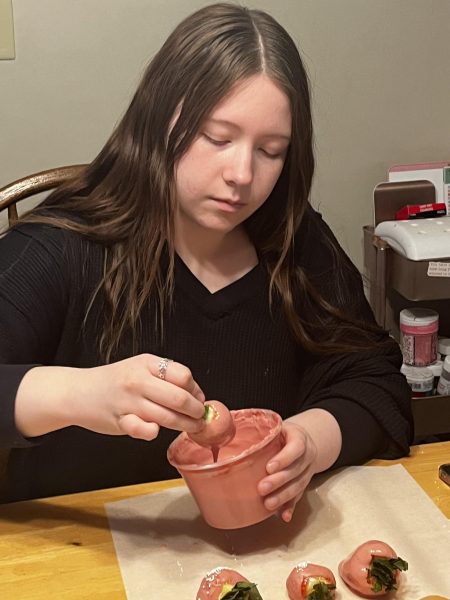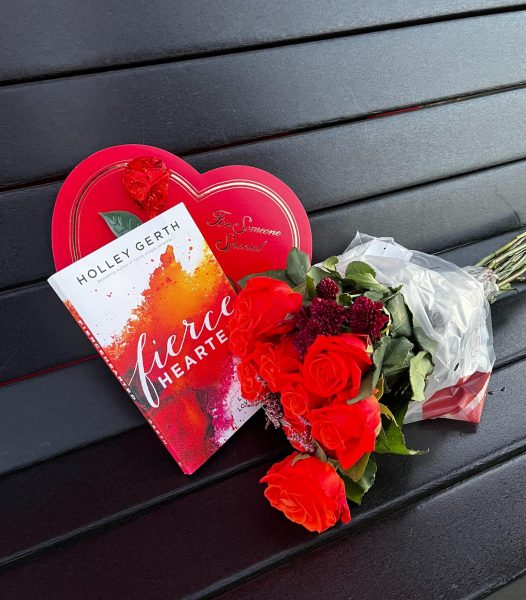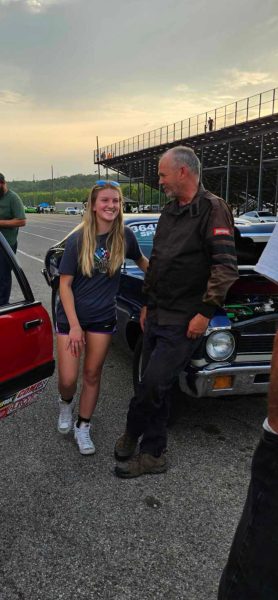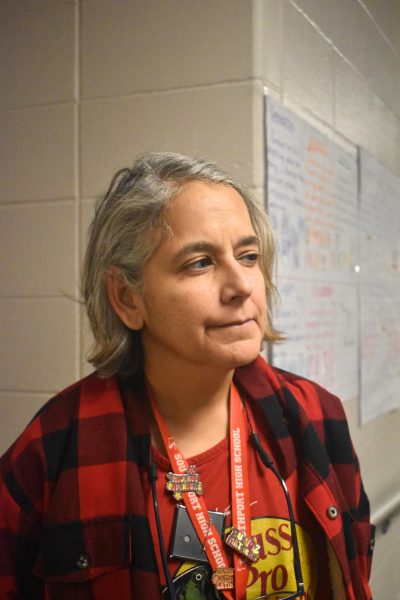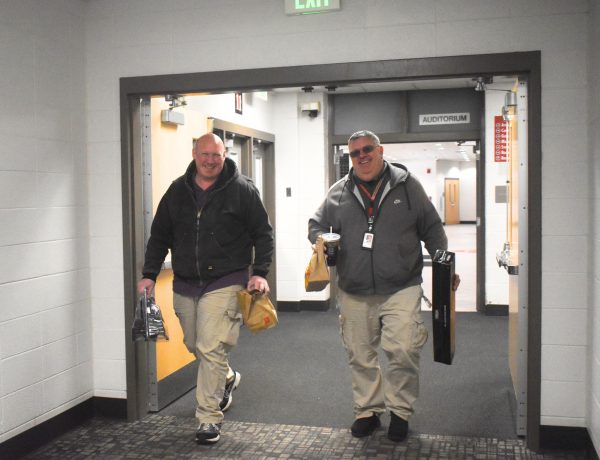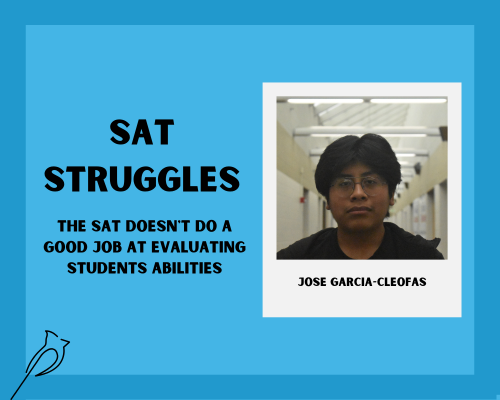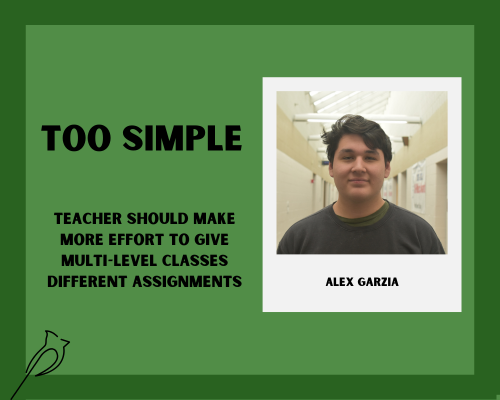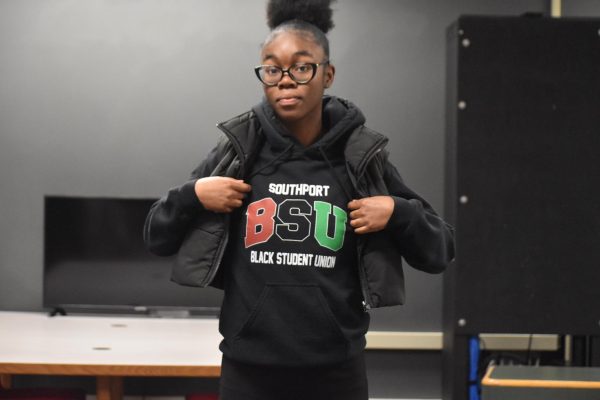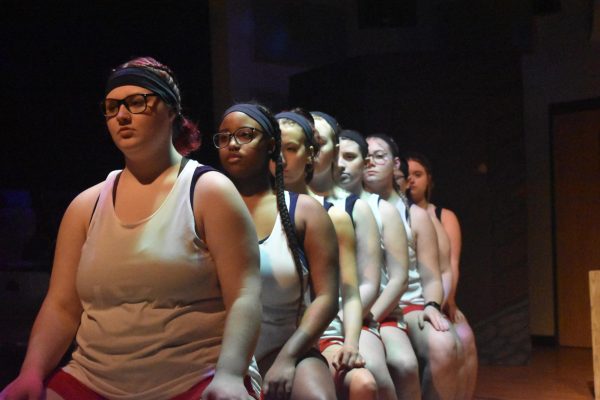Introducting integral goverment
Girls State program gains popularity and offers students with new opportunities
Designed for young women excelling in their junior year of high school, the Hoosier Girls State program was founded in 1937 and is still going strong after decades of being known within the walls of SHS.
“The goal is to expose top level female students to the state of Indiana politics,” social studies teacher Nathan Fishel said. “You’re going there with other level quality kids, so that’s the hope.”
Gaining more and more popularity, the program is still standing after the pandemic, where the downfall in participation was outstandingly noticeable. But to teachers, it seems that student’s interests are changing once again.
Fishel has been involved in this program for over eight years. His role in all this is to promote and make sure that the program is well heard of by SHS students, and most importantly, by their most dedicated female students.
“I try to identify girls that might like it, but it’s usually tough to find because good students are involved in a lot of things, and it’s a week in the summer, and summers are short,” Fishel said. “I definitely mention it to all my classes, but I try to look for girls that participate, that have good grades and seem to care about social studies.”
For this program, girls from all over the state commit a full week of living at Trine University, where they’ll learn all about Indiana’s laws and procedures. According to both teachers and students, the program has a lot to offer and provides very useful government knowledge to all these girls before their senior year. This is actually one of the many reasons why some girls, one being junior Sal Lynch, have seriously considered it.
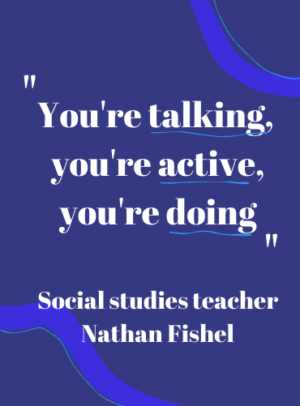 “People are trying to do more for their education,” Lynch said. “I was interested in joining the program to further my education and hopefully get a head start on my government skills for next year.”
“People are trying to do more for their education,” Lynch said. “I was interested in joining the program to further my education and hopefully get a head start on my government skills for next year.”
Oftentimes, Fishel is able to find someone from his own classes to enter the program, however this doesn’t always happen that easily. To solve that, other teachers from the social studies department, like David Luers, have also contributed to the cause. Luers has helped Fishel in previous years to find girls that could potentially be assets to the program.
In search of those students, Luers enjoys seeing young women taking steps towards those leadership roles before going into their senior year. He has also realized that nowadays younger people are starting to develop a bigger awareness within the political processes. Because of that, he thinks of Girls State as a great opportunity to dig deeper into all these topics.
“I think you could look at it too as with the position of women finding themselves more and more in the United States,” Luers said. “It feels like perhaps some of their rights are being chipped away, that might also be inspiring that activism.”
On paper, a decent amount of SHS junior girls seem to be interested, but in reality, almost the entire majority of them struggle to make room in their summer schedules to actually make such a commitment, which is the main reason why these teachers struggle to find participants each year.
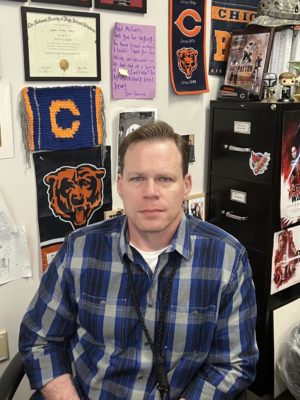
Apart from this, money can also be a different valid reason to explain the lack of attendance they are struggling with. The program carries an initial deposit and even though they are reimbursed later on, this makes some students like Lynch hesitate on their decisions.
“I understand why it has to be money because you know they’re paying for our housing and food,” Lynch said. “But I just can’t afford that kind of thing, especially if there’s no guarantee that I’ll get any scholarships out of it.”
What Luers likes the most about this program is to see the effect it has on some of these juniors about to face their senior year and the government skills involved with this. He believes that essentially it highly prepares them for whatever government class they’ll be interested in taking.
For him, it is rewarding to see the girls so prepared and ready to straight jump into some difficult social discussions.
“I think it brings a whole new perspective to class,” Luers said. “Having them get more involved, and having them with more of an interest before class starts and coming in being able to talk more in depth about these things always helps.”
Overall, teachers involved highly recommend and encourage their students to get involved in today’s world, and for them, there is no better way to start reaching towards this goal than getting involved with Hoosier Girls State.
“It’s not a bunch of sitting around. It’s learning about social situations, social challenges, especially if you’re one of those people that is kind of socially conscious,” Fishel said. “You’re talking, you’re active, you’re doing.”
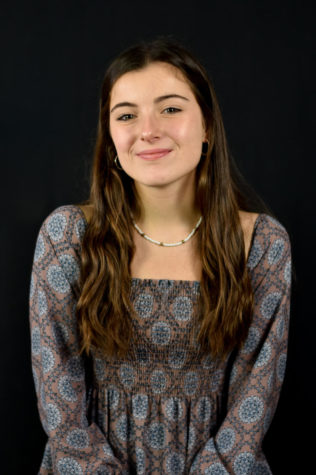
Hola everyone! My name is Maria Bujan, but you can call me “my favorite Spaniard” I wrote my first staff bio last year when I served the paper as one...



